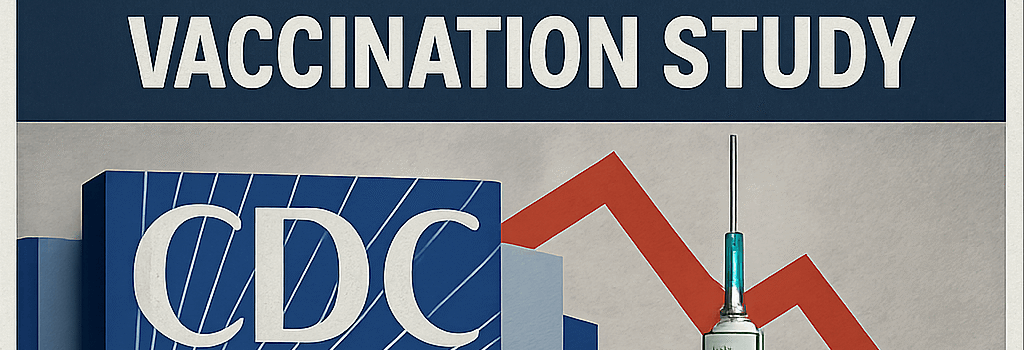CDC Posts Decline Data Without Detailed Vaccination Study

In a break from decades-long CDC practice, the agency has omitted its traditional in-depth Morbidity and Mortality Weekly Report (MMWR) analysis of kindergarten vaccination coverage under Health and Human Services Secretary Robert F. Kennedy Jr. Instead, a terse summary and raw figures were published late on a Thursday, revealing a continued decline in measles, mumps, and rubella (MMR) immunization rates.
Recent Trends in MMR Coverage
The newly posted data for the 2024–2025 school year show MMR vaccination among U.S. kindergartners dipped to 92.5% from 92.7% the previous year. Although a 0.2 percentage-point decline appears marginal, it translates to tens of thousands of additional unprotected children, notably raising the outbreak risk for a disease with an R₀ of 12–18.
- 2023–2024 MMR coverage: 92.7%
- 2024–2025 MMR coverage: 92.5% (≈286,000 kindergartners not fully protected)
- Target herd-immunity threshold: 95%
Rise of Nonmedical Exemptions
Nonmedical (ideological) exemptions climbed again—from 3.1% in 2023–2024 to an all-time high of 3.4% in 2024–2025—driven by persistent anti-vaccine rhetoric. Medical exemptions remain stable at about 0.2%.
“We’re witnessing erosion of community protection precisely at the juncture when measles case counts are at a 33-year high,” says Dr. Maria Sanchez, an epidemiologist at Johns Hopkins University.
Technical Analysis: CDC Data Pipeline and Publication Workflow
The CDC’s National Immunization Surveys (NIS) feed into a complex ETL pipeline—leveraging SAS scripts, R packages (tidyverse, survey) and Python (pandas, SQLAlchemy)—to aggregate data from state IIS (Immunization Information Systems). Under Kennedy, insiders report approval bottlenecks:
- Raw data ingested into CDC’s DataLake (AWS S3) undergoes automated QC via PySpark jobs.
- Statistical analyses and confidence interval calculations are performed in R Markdown notebooks.
- MMWR drafts, historically approved by senior epidemiologists, now await HHS Secretary sign-off, delaying or blocking publication.
Impact on Herd Immunity: Epidemiological Modeling
Measles’ basic reproduction number (R₀) of 12–18 demands ≥95% coverage to achieve Reff < 1. Using the SIR model (Susceptible–Infectious–Recovered), Reff = R₀ × (1 – p). At current coverage (p=0.925), Reff≈0.9–1.4, precariously close to sustained transmission.
Policy Implications and Legislative Responses
Several state legislatures are drafting bills to tighten nonmedical exemptions. California’s SB 274 proposes mandatory counseling and annual re-approval of ideological waivers, while New York’s A6712 would eliminate religious exemptions entirely.
Global Comparisons and Benchmarks
According to WHO data, the U.S. lags behind Europe (95–97% MMR) and East Asia (98–99%). Nations achieving ≥98% coverage employ digital reminder systems, robust school-entry verification via blockchain prototypes, and integrated EHR–IIS interfaces.
Expert Opinions and Next Steps
Dr. Allen Cho, a health informatics director, notes: “Automated flagging of under-immunized cohorts and public dashboards using geospatial libraries (Leaflet, Mapbox) could help target local outreach.” Without a full featured MMWR report, states and school districts may lack the granular breakdown—by county, socioeconomic status, and race/ethnicity—needed to deploy resources effectively.